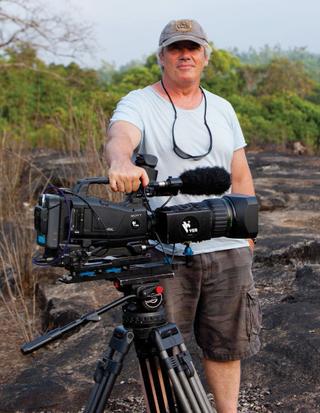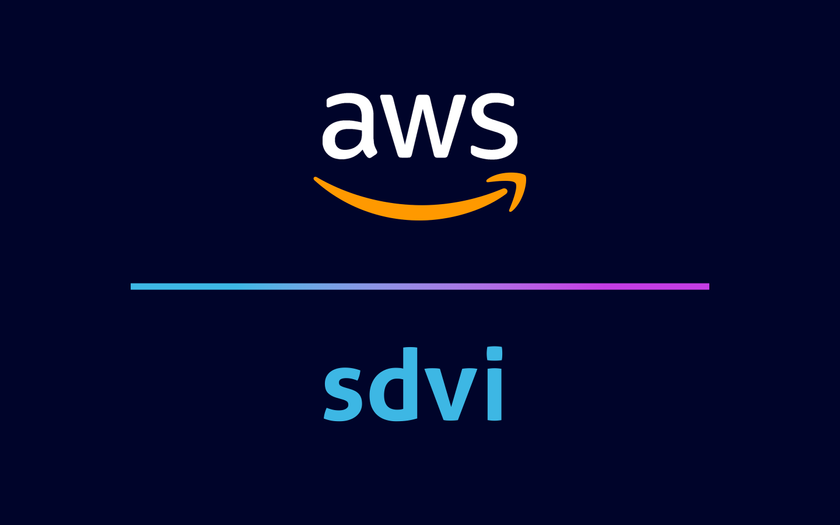Fujinon Captures ‘Biggest And Baddest’ Wildlife Series

LOS ANGELES—I’m a producer of adventure/travel/wildlife documentaries and a big fan of Fujinon lenses, which I’ve used for decades. I’ve executive-produced, written/directed and photographed dozens of international award-winning series and factual programming for Discovery Channel, Animal Planet, History Channel, BBC, National Geographic, CBC, PBS and more.
Through my production company Gryphon Productions, we’re now producing the third season of our adventure-wildlife series, “Biggest & Baddest,” available worldwide in some 80 countries, primarily on the Discovery Networks.
The series, hosted by wildlife biologist Niall McCann, features human-animal conflict stories (including attacks on people) due to global warming, pollution, human encroachment and deforestation. It looks at ways of resolving these issues by working with local scientists, wildlife officials and the general population. As such, each episode is a combination of “blue-chip” type wildlife photography, travel and action-oriented scenes where McCann handles animals as part of rescues and relocation. Key for this kind of shooting are versatility and speed, plus ruggedness. We shoot with two cameras and have chosen an ENG-style 4K video production camera—the Sony PXW-Z450—as our “A” camera, plus a Sony FS7 for our “B” camera.
IN THE WEEDS
At times, tripod mounted camerawork can be slow and methodical, as we film cinematic wildlife scenes using large Fujinon 42x lenses. This can change quickly to a run-and-gun style shooting using a wide 13x or 18x Fujinon zoom setup. We’ve been fortunate, however, to get access to the new Fujifilm line of 4K UHD lenses designed for 2/3-inch sensor cameras.
Besides giving us maximum versatility with flexible/quick motorized zooms, we can take advantage of zoom ranges currently not common or achievable with lenses designed for larger sensor cameras. Filming a polar bear at several hundred yards away in the Arctic required an HA42x9.7 lens (plus doubler) to give us the equivalent of a 1600 mm lens in the full sensor world. The optics in these lenses are excellent—providing amazing, crisp images—and the wider zooms are f2.0 at wide open, giving us excellent low-light capabilities.
We sometimes film in tight or dangerous situations, such as shooting from inside helicopters, capturing alligator rescues from drainage ditches, lion collaring (they can wake up early) and more. Recently, we were filming in India on an elephant drive when officials attempted to move elephants from one jungle patch to another, which required our cameraman/DP, Todd Southgate, to be quick and light on his feet. This was especially true when the elephant was charging at us and the whole crew were running for their lives! We used both the Fujinon UA13x4.5 and the UA18x5.5 for this scene. Both of the ultra-wide format lenses came in extremely handy filming the host up close, then suddenly switching to the extreme end of the telephoto range—including doubler—to get amazing closeup shots of elephants in the jungle. Current zooms made for full sensor cameras simply do not have this range or even approach these focal lengths and become too large and heavy to carry on one’s shoulder.
NATURE-PROOF
Even as large sensor cameras dominate the current landscape, these Fujinon lenses created for 2/3-inch format offer maximum range and crisp, high-contrast images in various lighting conditions and very quick shooting situations. The lenses and cameras are light and have no excess cables hanging about to get snagged on bushes. These Fujifilm lenses definitely provide the best combination of high-quality optics and sophisticated zoom controls, all in a weather-sealed, cost-effective package. We will continue to use these amazing Fujinon lenses for our wildlife-adventure productions.
Peter von Puttkamer’s production company, Gryphon Productions Ltd., has created factual programming for Discovery Channel US, Animal Planet, History Channel, BBC, National Geographic, Discovery Channel Europe/International, TLC, PBS and more for the last 35 years. These programs, created/directed/produced by von Puttkamer, have won more than 80 international awards. He can be reached atgryphonfilms@gmail.com.
For more information, visitfujifilmusa.com.
Get the TV Tech Newsletter
The professional video industry's #1 source for news, trends and product and tech information. Sign up below.
Peter Von Puttkamer has executive produced, written and directed dozens of international award-winning series and specials over the last 35 years, including `Biggest & Baddest,’ which is airing on Discovery Channel Networks worldwide. The impactful series explores how and why human-animal conflict is increasing due to global warming.













